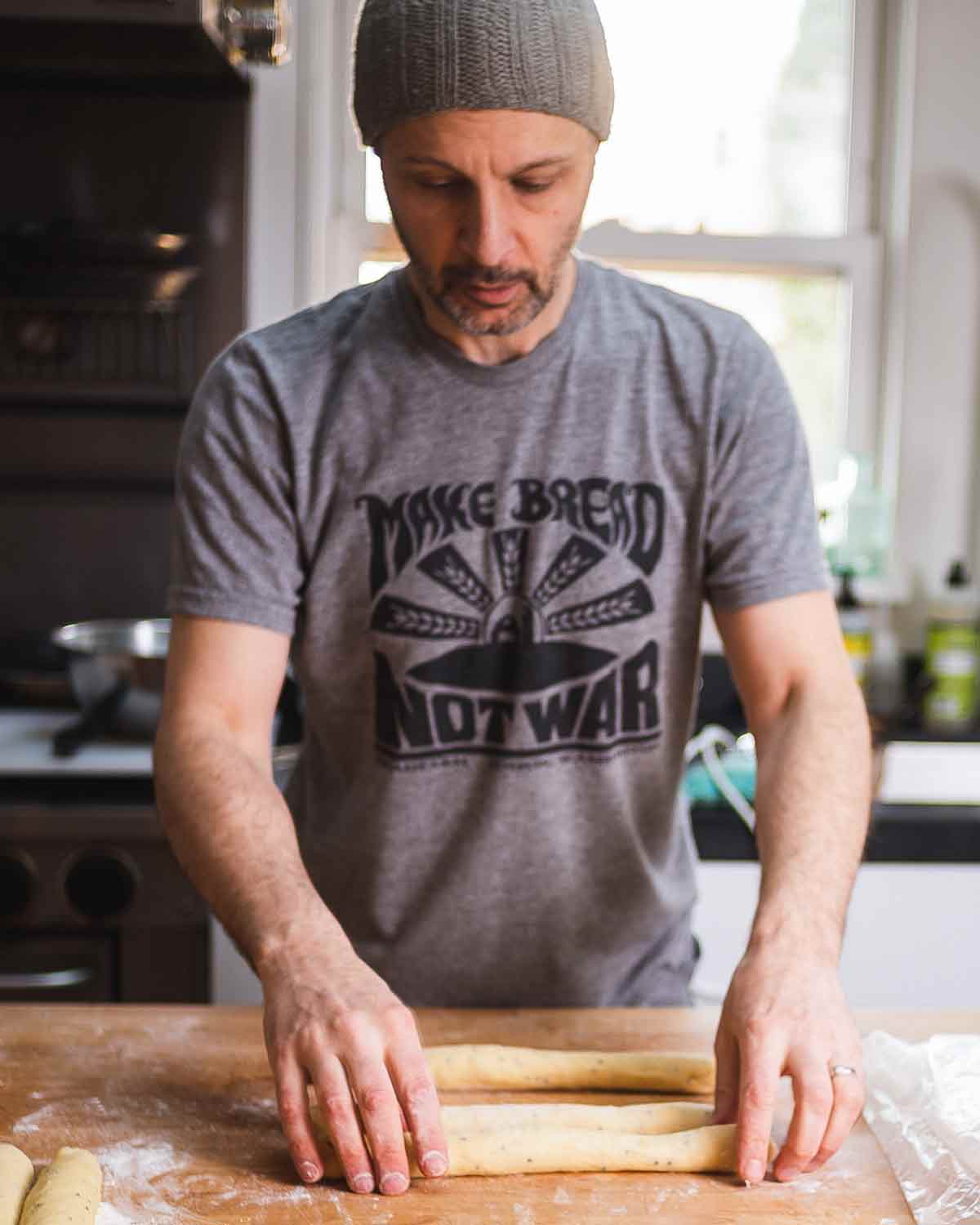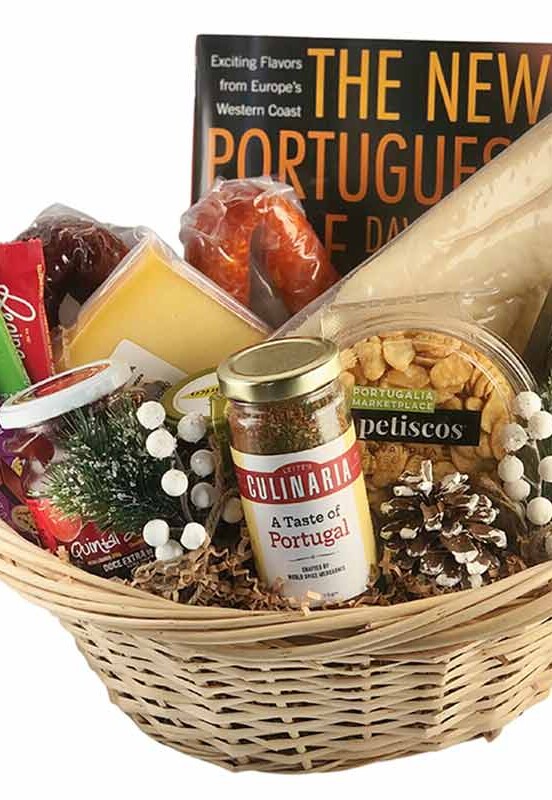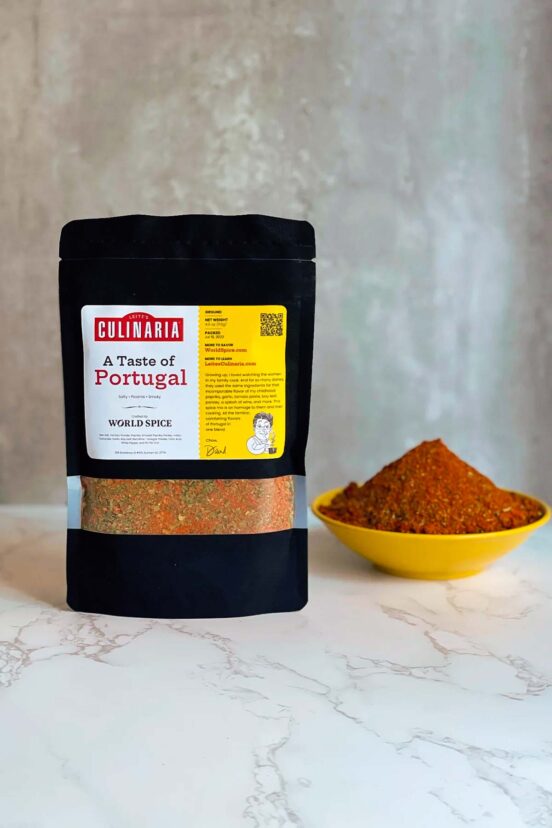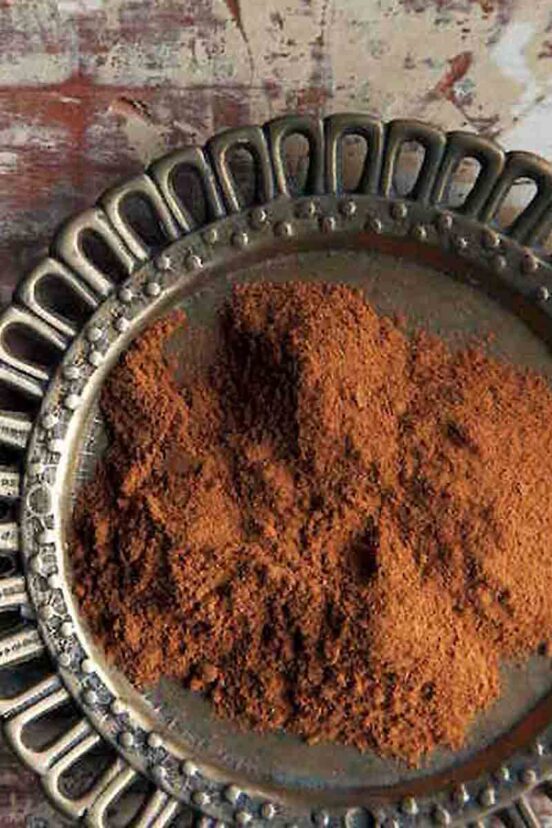

If you have yet to try your hand at making your own homemade pizza, we have a little secret for you. It’s seriously not that hard. And you can exponentially increase the likelihood of your venture turning out flawless without any drama by investing in a few essential tools. Below are the items that our trusted pizza guru, teacher, and former Cook’s Illustrated editor Andrew Janjigian finds indispensable.











